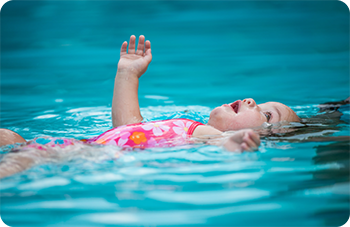
Both dry and secondary drowning can occur after inhaling water into the lungs. While both conditions can be detrimental to the lungs, they affect the respiratory system in slightly different ways. With dry drowning, the vocal cords and airway become inflamed after inhaling a sum of water. In secondary drowning, the lungs get inflamed due to accumulation of fluid that was accidentally inhaled. Due to the inflammation that the lungs or airway experience, both conditions can easily develop breathing complications. When breathing becomes compromised, oxygen available to the body is reduced. As a result, common symptoms are produced which include: fatigue, headache, lightheadedness, altered moods, chest pain, and shortness of breath. As complications progress, it is vital that one gets treated soon. If such symptoms occur, it is highly recommended that the ill be seen by a physician as soon as possible.
Common treatments for dry and secondary drowning include close monitoring, IV medication therapy, a
References
Gardner, A. (n.d.). Dry drowning and secondary drowning: causes, symptoms, treatment, and prevention. Retrieved from http://www.webmd.com/children/features/secondary-drowning-dry-drowning
Pearn, J. H. (1980). Secondary drowning in children. British Medical Journal, 281(6248), 1103–1105.
The information provided is for general interest only and should not be misconstrued as a diagnosis, prognosis or treatment recommendation. This information does not in any way constitute the practice of medicine, or any other health care profession. Readers are directed to consult their health care provider regarding their specific health situation. Marque Medical is not liable for any action taken by a reader based upon this information.

